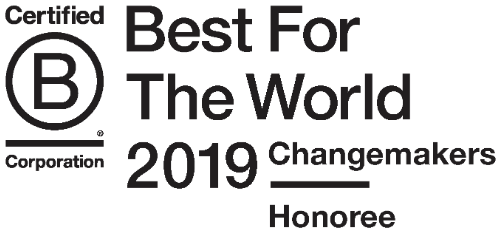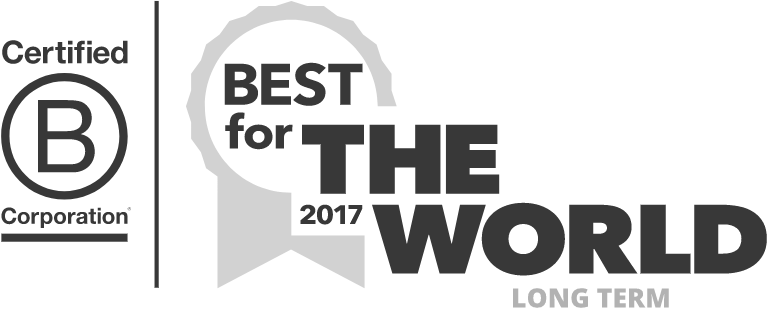Dataset Selection
As I mentioned in my previous post; in order to have some commonality between all the implementations I'll be doing, there needs to be a common thread. For this project, that is going to be the same web application built around the same public dataset.
Criteria
I have some specific criteria for the public dataset:
- A non-trivial amount of data - to me this means - it needs to be beyond what would easily fit in RAM on a typical machine. Generally, just unwieldy without some thought and preparation.
- Good documentation on the dataset's structure and format.
- Multiple relations - if it is just a single CSV file - not really worth it. There needs to have multiple record types and they need to be related in some manner.
- Include some data that would be useful to hook in some full text search options.
- Include some data that is geospatial so we can demonstrate PostGIS with maps / leaflet, or other geospatial tools.
- Be fun data - that is people would be interested in looking at it.
- The problem domain of the data needs to be readily understandable by most folks.
- Bonus if the dataset is updated regularly.
- Appropriately Licensed - I want other to be able to replicate my work.
Here's a few of the dataset listing sites that I looked through:
After spending a weekend delving through all of these lists and other various links on the Internet; I came up with a short list of things that look reasonable. Mostly this was achieved by eliminating a large swath of datasets for one or more of the following reasons:
- WAAAAYYY too little data - A CSV with nothing but a few hundred, maybe a few thousand rows of data? Not near enough. I want to have to think about performance at some point. I was actually surprised by how many of the datasets listed were eliminated by this criteria.
- Lack of documentation - If it was just a data file with no additional documentation - that is not useful. Context on how the data is collected or what the field types are is important to using it.
- Licensing - This dataset is going to be for demonstrations of application development and whatever else I think might be fun. So it needs to be usable by others.
- Clearly not relational - And I don't mean that it must be different tables, I mean that there needs to be multiple dimensions to the data, not just a row of numbers about a thing. The records need to be associated with other data that we can mashup with it.
- Not interesting - I'm going to spend a lot of time on this and it needs to be at least somewhat interesting and multiple ways of utilizing it need to be apparent.
What about Sample Databases?
That's a solid history of example databases, think Northwind, Chinook, AdventureWorks, Sakila, etc. I took a look at many of them and they didn't make the cut, mostly from a size or data model complexity perspective.
The Short List
After the weekend I ended up with this list of datasets, and they are in no particular order. Well - it is an order, the order I put them in the spreadsheet I used to keep track of the interesting ones while searching.
Ingenium Open Data Mashup
- https://ingeniumcanada.org
- https://ingeniumcanada.org/collection-research/artifact-open-data-set-mash-up
This looks pretty interesting - it is a list of all the museum artifacts contained within the Ingenium Museums.
- Size - about 100,000 records total records. This is on the lower end of my data volume requirements.
- Relations - yes, some of the artifacts have sub parts, so there is are parent child relations, also keywords, countries, periods, etc. - all sorts of meta data that could be extracted out into their own dimensional elements.
- Full Text Search - yup - plenty - lots of descriptions, keywords, etc.
- Geospatial - sort of - there are country fields, that could be used to mashup with other datasets - specific lat/lon positions are not present.
- Fun - yeah - for sure, a database of museum artifacts - and links to the images of the artifacts is some of the data - definitely intrigues me.
The data in this set is in both English and French so that could provide some interesting demonstrations of i18n capabilities.
MusicBrainz Data Dump
An open music encyclopedia with music metadata and available to the public.
- Size - definitely a good size - the downloads are about 10GB of compressed data.
- Relations - yup - the dataset is a PostgreSQL data dump.
- Full Text Search - yes - artist, labels, song titles etc.
- Geospatial - not that I can find
- Fun - it is music!
It is recommended that the MusicBrainz Server software be used to load the data. So this dataset appears to be tied pretty closely to existing software.
Open Library
The dataset here is a complete dump of the Open Library collection. Their ultimate goal "...is to make all the published works of humankind available to everyone in the world."
- Size - definitely in the right size range - 55 million records over all data types - data dump is about 8GB compressed
- Relations - definitely - authors, works, editions, etc. the format is ultimately a JSON derivation, so somewhat self descriptive.
- Full Text Search - why yes - titles, authors etc.
- Geospatial - no :-(
- Fun - it is books!
One aspect of the Open Library dataset is the inclusion of all the deltas that have happened on the data. Versioned data and how to view/store it would be an additional topic to cover with this dataset. So far this looks to be a leading contender.
GeoNames
The GeoNames geographical database covers all countries and contains over eleven million placenames.
- Size - 11 million place names - so good enough
- Relations - definitely - administrative areas, countries, regions, different geological features
- Full Text Search - yes - place names, cities, etc.
- Geospatial - yes - it is a geopolitical database, lat/lon everywhere, and GeoJSON files are also available
- Fun - it is maps!
Lots of multilingual fields here for localized place names, could be useful for multilingual examples. There is also explicit hierarchical data and showing ways to store and view this type of data would be useful.
Not sure if this would be the best as a primary data set. Could definitely be used to enhance another data set with additional data.
GADM
GADM provides maps and spatial data for all countries and their sub-divisions.
- Size - yes - 2GB GeoPackage - more than 300k rows of geospatial data
- Relations - minimal - tree of administrative areas of all countries
- Full Text Search - minimal - administrative area names
- Geospatial - very much so - full geospatial data for multiple administrative zones on planet earth.
- Fun - it is maps!
This is in a GeoPackage file which is a SpatiaLite container with some additional structure. So there will probably be some additional work to extract this data out into GeoJSON format. Mostly I think this dataset would be good to integrate with the system and use in combination with geonames.
Internet Movie Database (IMDB)
The online db of information related to films, television, videos, games, streaming content etc.
- Size - yes - 94 Million records.
- Documentation - well documented.
- Relations - yup - titles, crew on films, episodes, etc.
- Full Text Search - yes - pretty much everything could be put in search.
- Geospatial - no - :-( - I was hoping for some shoot location information this time.
- Fun - it is movies!
I've used IMDB in the past as a dataset for doing demonstrations, and it is always fun to look at. Not really sure if I want to use it again.
Decision time
I had pretty much gone through all the datasets and was whittling down this last set. I had eliminated Music Brainz as too complicated to work with, and GeoNames and GADM were nice, but I didn't think either of them would be good as the primary focus of the project. I thought they would be good add-ons to a primary dataset to enhance its geospatial components. IMDB I've worked with it in the past and wanted to try something new.
That left Ingenium vs. Open Library. I liked Ingenium from an interesting dataset perspective, but it was a learning towards the small end on data volume. Open Library has all the data, but had basically no geospatial data.
As I was sitting there pondering this decision, an email showed up from Unsplash - the announcement of their dataset. So I took a look:
Unsplash Dataset
One of the worlds leading photography websites. Sharing stock photography.
- Size - yup - Lite is 25,000 images, about 8 million records total. Full is 2,000,000 images about 200 million records total.
- Documentation - yes - well documented
- Relations - yes - images, collections, downloads, keywords
- Full Text Search - yes - image meta data, keywords, collection names
- Geospatial - yes - images are tagged with lat/lon
- Fun - it is images!
Okay - I think we have a winner. Lets use the Unsplash dataset and maybe mash it up with geonames and/or GADM and see what comes out.
I'm extremely pleased with the Unsplash dataset so far. It looks great, good documentation, it really fun to play with and the team is open to feedback. I've already got a pull request merged!.
Next post we'll do some cursory exploration of the Unsplash dataset.
 Tweet
Tweet








